Retro Replay Review
Gameplay
Eamon’s gameplay centers around its ingenious combination of role-playing depth and text-based adventure mechanics. You begin your journey in the Main Hall, where you create a new character or select from your roster of adventurers. This hub serves as both your outfitting shop—where weapons, armor, and spells are purchased—and your gateway to the Beginner’s Cave, a short introductory module designed to teach you the ropes of combat, exploration, and interaction.
Character development is simple yet rewarding. You start with randomized stats in Hardiness, Agility, and Charisma, which influence your survivability, combat prowess, and shop prices or monster reactions, respectively. Each weapon type (Axe, Bow, Mace, Spear, and Sword) has its own percentage rating, which increases through successful hits. Armor types (Leather, Chain, Plate) impose movement penalties but vastly improve your defense. This streamlined system allows newcomers to jump right in while giving veterans room to optimize their builds.
Combat and exploration unfold entirely through text prompts. You type concise commands such as ATTACK RAT, GO NORTH, or INVENTORY to interact with the world. Though this might sound archaic by modern standards, the immediacy of text I/O gives every decision weight—especially since there’s no save option. Death is often sudden and permanent, encouraging careful planning and respect for risk. The construction set also means that creative players can invent custom adventures, expanding the gameplay well beyond the Master disk’s offerings.
Beyond the core systems, Eamon’s modular architecture shines. The Master disk’s Main Hall can link to dozens of user-created adventures, each with its own challenges and narrative quirks. This design gives you freedom not only to tackle official content, like the Beginner’s Cave, but also to trade community-made modules through Apple user groups or friends. The result is a near-limitless landscape of dungeons, puzzles, and monsters—all driven by player creativity.
Graphics
As one of the earliest Apple II titles, Eamon is almost entirely text-based. There are no detailed sprites or elaborate animations; instead, rooms and enemy encounters are described in prose. This minimalist presentation ensures the game runs flawlessly on vintage hardware and keeps your imagination fully engaged as you conjure the environment in your mind.
However, Eamon’s genius lies in its optional construction set that allows amateur developers to embed rudimentary graphics. By defining simple line art or static images, creators can sprinkle visuals into their custom adventures, providing occasional visual relief to the overwhelmingly text-driven interface. These additions, while primitive by today’s standards, add personality and variety to each scenario.
Despite the lack of modern visuals, the text-only approach has its strengths. Without flashy graphics to distract, every plot twist, monster description, and treasure reveal hits with clarity. It’s a testament to the power of storytelling through words—an experience reminiscent of reading a gripping fantasy novel where you alone paint the scenery and creatures.
For those used to AAA production values, Eamon’s aesthetics may feel dated. But purists and retro-gaming enthusiasts will appreciate the authenticity: this is genuine early-’80s design philosophy, when developers prioritized gameplay depth and player creativity over graphical fidelity.
Story
Eamon doesn’t follow a single, linear narrative. Instead, it presents a framework: your adventurer enters the Main Hall, gears up, and embarks on standalone adventures. The Master disk’s Beginner’s Cave serves as a tutorial, introducing you to basic dungeon-crawling tropes. Beyond that, the storyline evolves with each custom module you acquire, authored by a passionate community of hobbyists.
This anthology-style storytelling means no two playthroughs are alike. Some adventures emphasize combat, others focus on elaborate puzzles or social encounters influenced by your Charisma stat. While there’s no grand “endgame” on the Master disk itself, you can piece together a sprawling epic by downloading or trading additional adventures. Fans have crafted everything from dragon’s lairs to political intrigue scenarios, breathing life into the text with their unique voices.
The communal aspect is a major strength. Since Eamon was public domain, it spread organically through Apple user groups and friend networks. Each shared disk brought new plot twists, new maps, and fresh character archetypes. This environment fostered collaboration and friendly competition, as players boasted about completing particularly fiendish modules or designing memorable encounters.
Given its modular design, Eamon’s story potential is limited only by the community’s imagination. If you tire of one author’s style, you can instantly switch to another’s. The result is a patchwork tapestry of medieval fantasy, horror, and even experimental genres—reflecting the playful spirit of early RPG innovation.
Overall Experience
Playing Eamon today is an exercise in nostalgia, creativity, and challenge. You’ll appreciate how quickly you can dive into character creation, gear up in the Main Hall, and venture into your first dungeon crawl—no lengthy tutorials or cutscenes required. Every combat encounter and treasure discovery feels immediate, thanks to the lean text-driven interface.
For retro-gaming enthusiasts or budding designers, the construction set is a treasure trove. You’re not merely consuming content; you can become a content creator. Whether you’re crafting your own adventures or experiencing community-made modules, Eamon offers countless hours of replayability. The lack of save capabilities raises the stakes, but it also recaptures the thrill of early RPGs where caution and strategy reigned supreme.
Modern players might find the absence of visuals and the reliance on typed commands a steep adjustment. Yet those willing to embrace its old-school charm will discover a game that laid the groundwork for countless RPGs and adventure construction sets that followed. Eamon remains an influential piece of gaming history—both a time capsule and a springboard for creativity.
In summary, Eamon is more than just a vintage relic—it’s an open invitation to step back to the dawn of computer role-playing games. If you crave a lightweight engine, deep customization, and the thrill of text-only adventure, this public-domain classic is well worth exploring.
 Retro Replay Retro Replay gaming reviews, news, emulation, geek stuff and more!
Retro Replay Retro Replay gaming reviews, news, emulation, geek stuff and more!
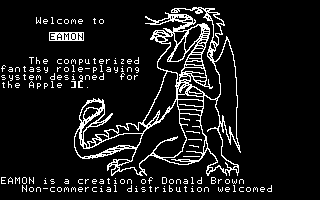
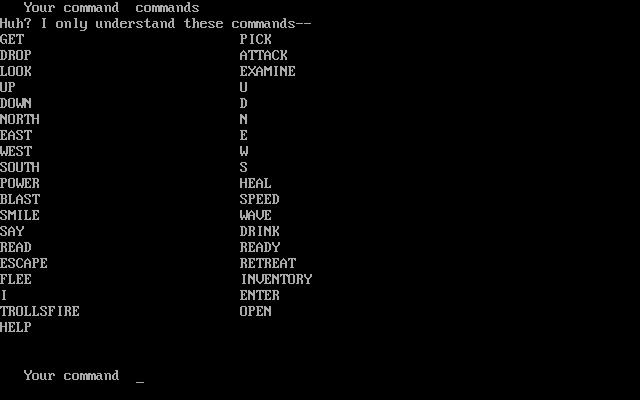
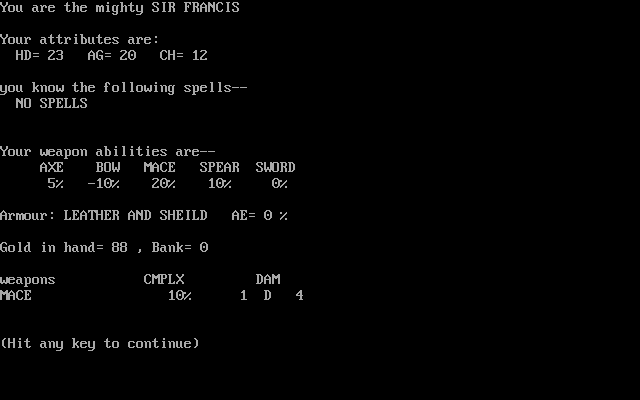
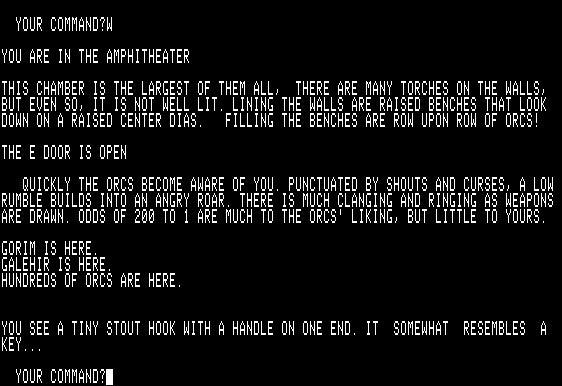
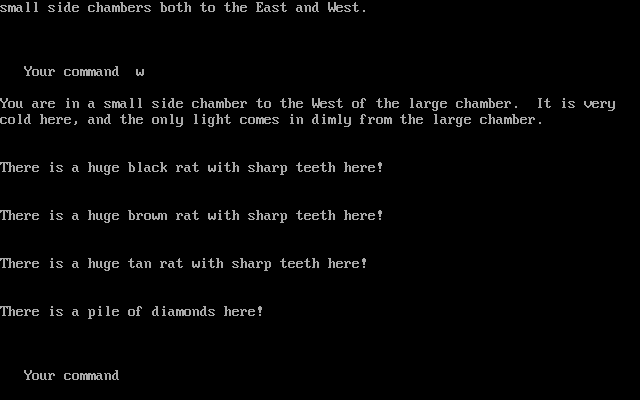



Reviews
There are no reviews yet.